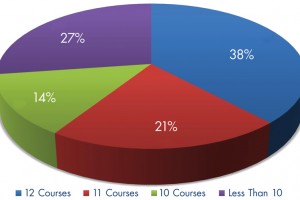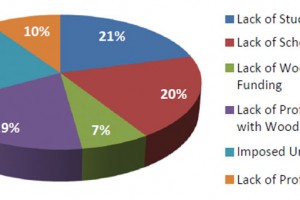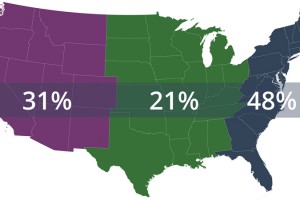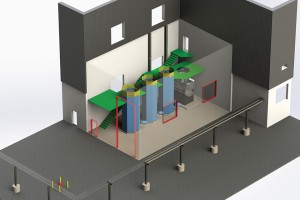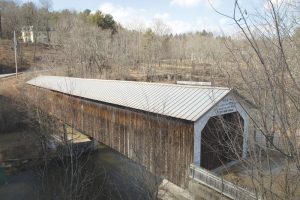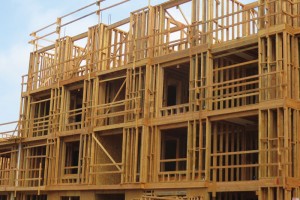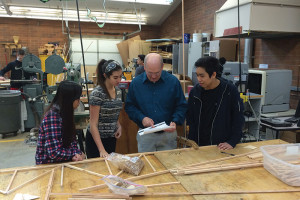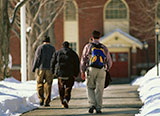The National Council of Structural Engineers Associations (NCSEA) is pleased to present the 2019 NCSEA Structural Engineering Curriculum Survey results. The survey is a triennial review of the recommended NCSEA Structural Engineering Curriculum at over 175 civil or architectural engineering schools throughout the country that offer educational opportunities for students desiring to become structural engineers. For nearly 10 years, NCSEA has promoted the recommended NCSEA Structural Engineering Curriculum as the core subject matter deemed necessary by the profession for a sound educational background in structural engineering. The recommended curriculum consists of the following twelve courses:
…Review Category : Education Issues
Learning How to Teach Remotely
I taught Concrete Structures in the Architecture program at the Rhode Island School of Design (RISD) in the Spring 2020 semester. The course was envisioned by my predecessor and maintained by me as a technical and qualitative exploration of designing concrete, with a series of rigorous but practical design examples for different elements. The lectures included case studies of buildings, discussions of the theory behind concrete design, and sample problems solved on the chalkboards. …
An Analysis of Current Wood Engineering Education in U.S. Universities
Structural engineers are becoming aware of the impact the selection of structural materials can have on the environment. The building industry is acknowledging and embracing the contribution of the sustainable potential of wood to reduce the environmental footprint of a project through its carbon-storing capabilities and renewable qualities. …
In undergraduate education, structural capstone designs are usually retrospective or invented, even when planned for a real site. Universities create competitive design climates, even incorporating virtual reality into capstone design courses. Some universities invite practitioners to judge the students’ design presentations. However, the projects are not constructed. The students know that the project will never be constructed: it is just about learning and, ultimately, a grade. …
Field Work Complements Classroom Learning
In the spring of 2016, a group of eight students completing their master’s degrees in structural engineering at Rensselaer Polytechnic Institute in Troy, New York, were led out of the classroom and into the great outdoors for a very atypical educational experience. After years of calculus and physics, it was time for a much-needed mental break, where textbooks and exams were set aside for tape measures and cameras. …
Washington’s Edmonds School District was awarded financial assistance to support their STEM Program, and as a result SEFW promoted structural engineering in their STEM programs. …
Timber and Masonry
One of the concerns of professionals in the structural engineering community is the limited exposure to timber and masonry design for graduating civil/structural engineering majors. A majority of smaller scale structures are constructed using timber/masonry separately or a combination of these materials; …

